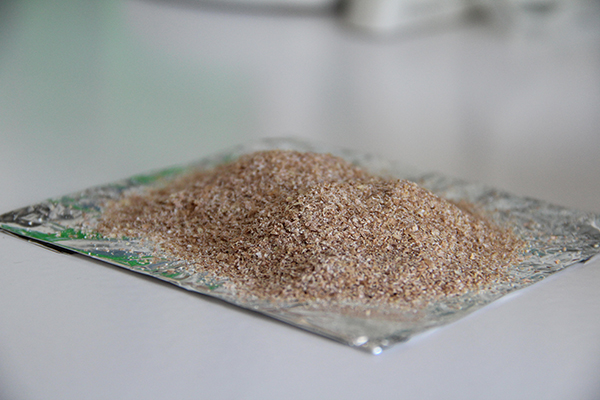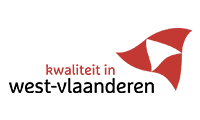
Enzyme and Microbial Technology – Volume 112, May 2018, Pages 14-21
Enzyme and Microbial Technology is an international, peer-reviewed journal publishing original research and reviews, of biotechnological significance and novelty, on basic and applied aspects of the science and technology of processesinvolving the use of enzymes, micro-organisms, animal cells and plant…
The authors[1] are grateful to the French Region Grand Est, Grand Reims and Feder for their financial support (chaire AFERE) as well as to the European Regional Development Fund (ERDF) and Region Grand Est for the financial support of the Interreg Valbran project.
Abstract
Efficient enzymatic synthesis of D-xylose and L-arabinose lauryl mono- and diesters has been achieved by transesterification reactions catalyzed by immobilized Candida antarctica lipase B as biocatalyst, in organic medium in the presence of D-xylose or L-arabinose and vinyl laurate at 50 °C. In case of L-arabinose, one monoester and one diester were obtained in a 57 % overall yield. A more complex mixture was produced for D-xylose as two monoesters and two diesters were synthesized in a 74.9 % global yield. The structures of all these pentose laurate esters was solved. Results demonstrated that the esterification first occurred regioselectively onto the primary hydroxyl groups. Pentose laurate esters exhibited interesting features such as low critical aggregation concentrations values all inferior to 25 µM. Our study demonstrates that the enzymatic production of L-arabinose and D-xylose-based esters represents an interesting approach for the production of green surfactants from lignocellulosic biomass-derived pentoses.
Download the article (Paid access)
[1] By Thomas Méline, Murielle Muzard, Magali Deleu, Harivony Rakotoarivonina, Richard Plantier-Royon, Caroline Rémond. Members of the ValBran consortium.





